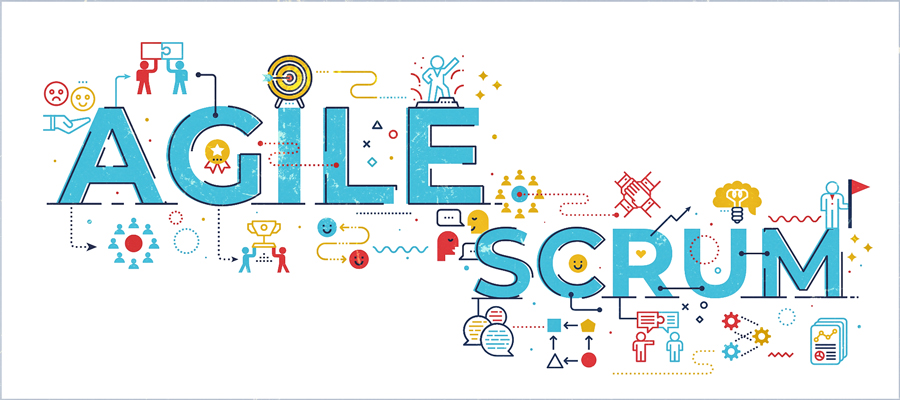Planning is still of utmost relevance even if you venture outside the area of fixed-date, fixed-scope projects and enter the world of product development. Most clients will request a delivery date along with the quote and won’t commit financial resources to an unclear specification. Assuming this is the case, how you can develop an agile project plan is a logical question. Here will see the plan for how to develop agile scrum plan as a project manager:
Data Gathering
Information is the starting point for every Agile project management plan. To know from the basic plan to implement, you need to be a certified scrum master in the domain. A project vision can be developed using data obtained from clients, developers, stakeholders, and anyone else engaged. The idea also outlines what must be delivered, who should participate, and how team members will cooperate to complete the project successfully.
A project backlog contains business and technical needs, and a project roadmap, which summarizes how the product will develop over time, is created with this information and formulated. Once the data is gathered, you can begin organizing the subsequent stage.
Populating the backlog
Epics, also called large user stories, may create a picture of what an end product should look like. However, to begin the project, you must divide the epics into more manageable user stories or specific features and needs, then prioritize them to create an iteration plan.
Backlog filling is another name for this process. The key takeaway is that Agile teams won’t try to plan out every item on the backlog. Instead, they will leave them indefinite until they are ready to be worked on.
Estimating releases
Based on what your teams can deliver, you may make an informed judgment about what will be delivered and when. In Agile projects, estimating releases for a single iteration or the entire product line is a typical practice. With the help of agile training online, you have a general idea about planning when the project will be finished and when the iterations will be completed.
Based on the previous work, you can establish these estimates. Your team will most likely take the same amount of time to complete the same number of features inside a single iteration on the current project as they did on a project that is identical to this one. You can more correctly predict release dates using this. Of course, this should be taken as something other than official plans but as estimates.
Consult with your team
You can discuss your project roadmap with the other team members once you have a broad notion of what needs to be delivered and when. They can offer feedback on whether or not your roadmap is realistic. In an Agile context, the project manager ultimately does not own the plan. Instead, the entire squad is in possession of it.
The primary reason is that the teams are in charge of consulting with clients, selecting the features to be developed in the following iteration, and determining the functionality necessary to develop each feature effectively. The teams are ultimately responsible for carrying out all of the work and are in the best position to determine what has to be done. Therefore, if the team members suggest improving your strategy, it is now time to do it.
Planning in time
The extent of the plans and how far into the future they reach may be the most significant distinction between traditional and agile project planning. In time, enough work will be completed under an effective Agile project management plan. Even the Product Backlog, for example, will be brief for more than one or two Sprints in the future. This is done to avoid wasting time on plans that will primarily serve as an impediment and grow outdated eventually.
Final Thoughts
If you are looking to develop an agile scrum plan as a project manager, it is best to look for the Agile online course to learn about planning. The above listed are the points you can look at on how to develop an agile scrum plan as a project manager.

